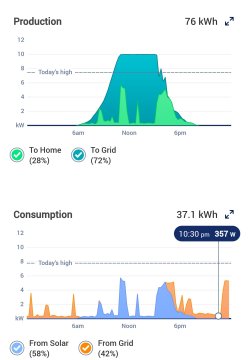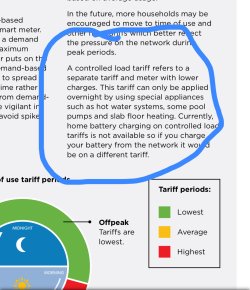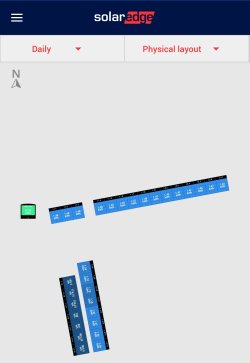Its a commercial decision by the energy distributors, and fine-print/rules may vary by location. In SEQ, Energex sets the rules and they have a few different types of controlled load tariffs available. The cheapest is only for Hot Water and available through the night. There is also a rate for other specific "appliances", one of which is swimming pool pumps/chlorinators, that is available during daytime. But the requirement is that it can only be used by specific appliances that are hard-wired in the circuit - i.e. not to a GPO power point. We had the pool shed hard wired into that tariff before the solar installation, and cancelled it when the solar went in as it made more sense to self-consume our solar generation rather than buy at the CR tariff rate.

















